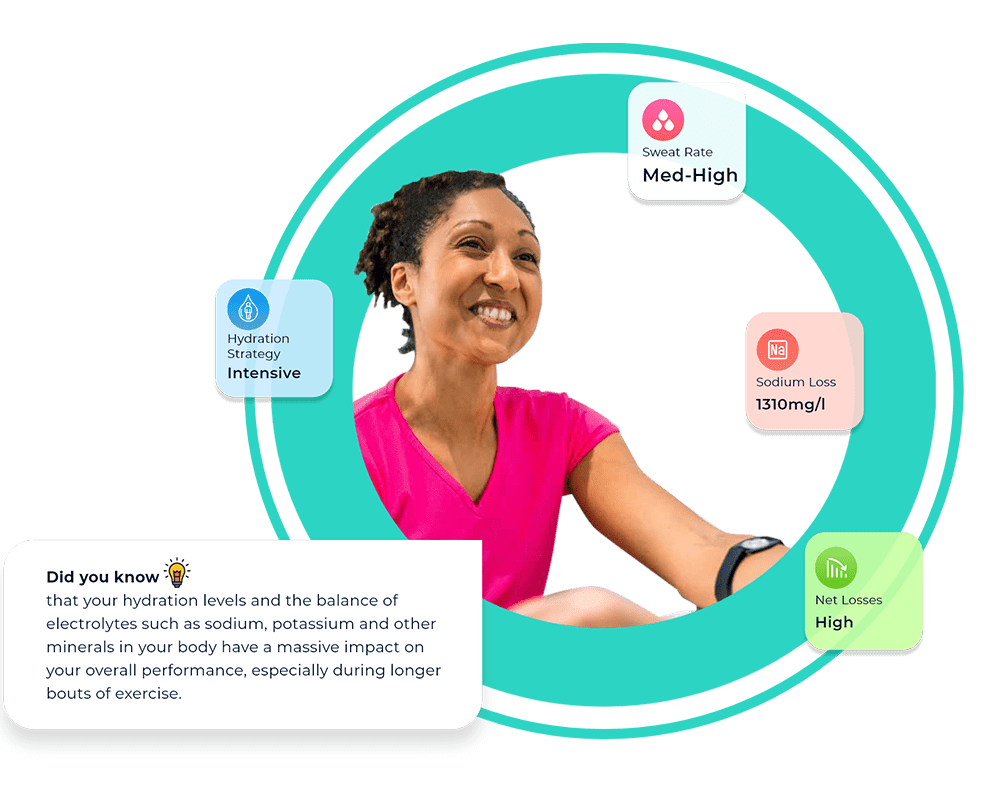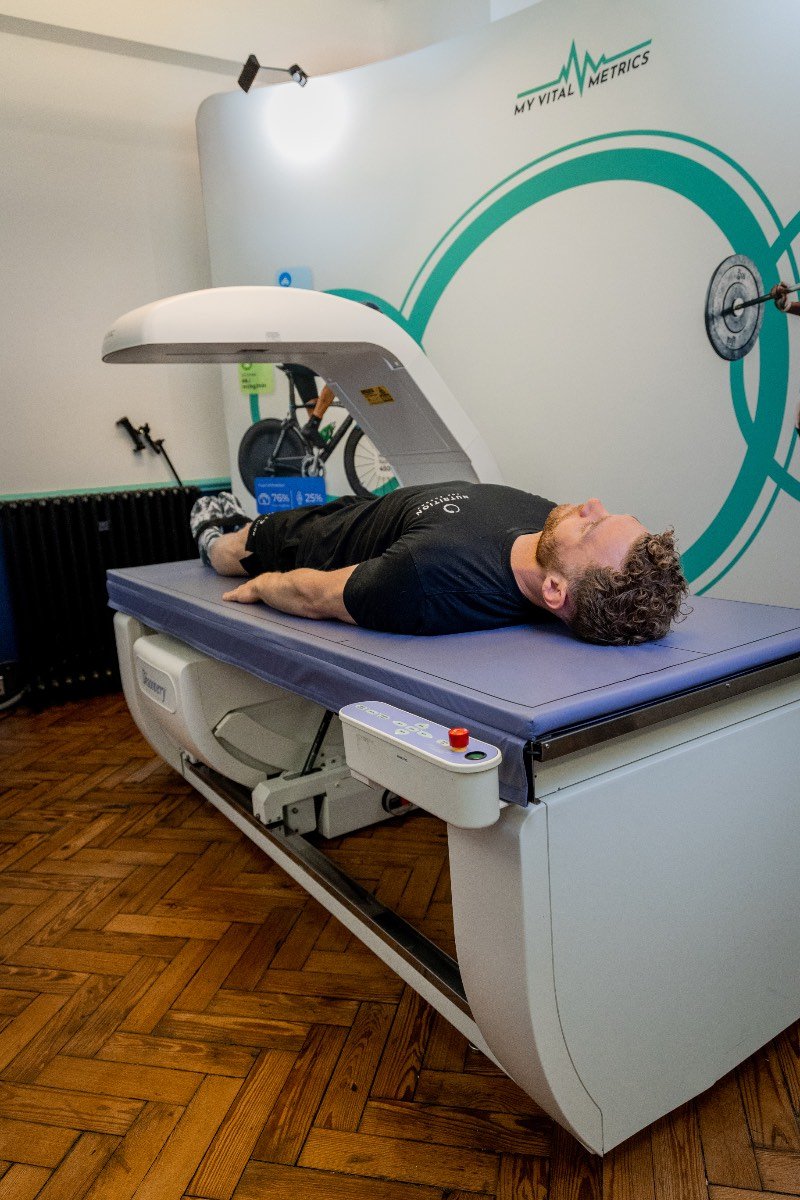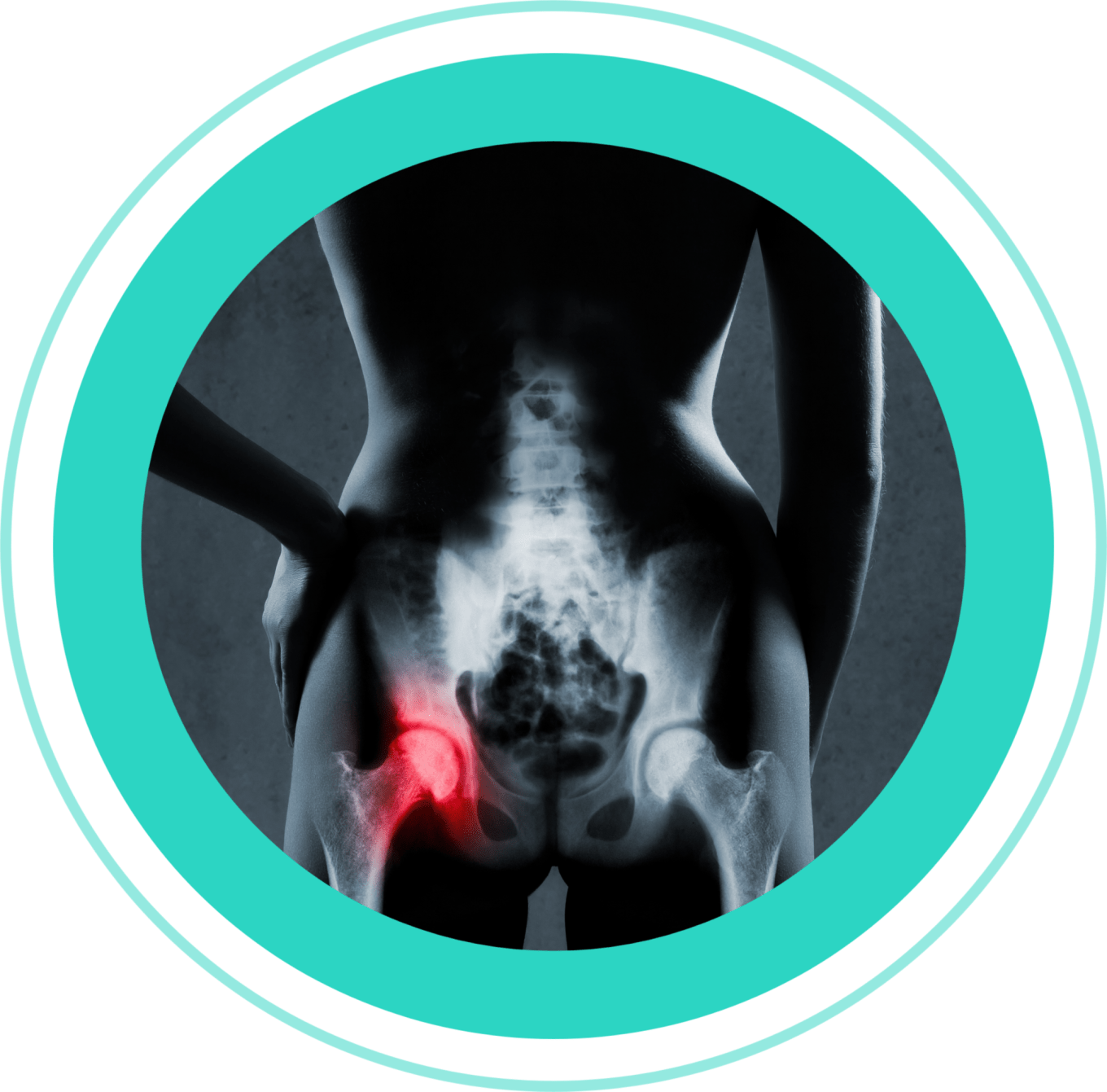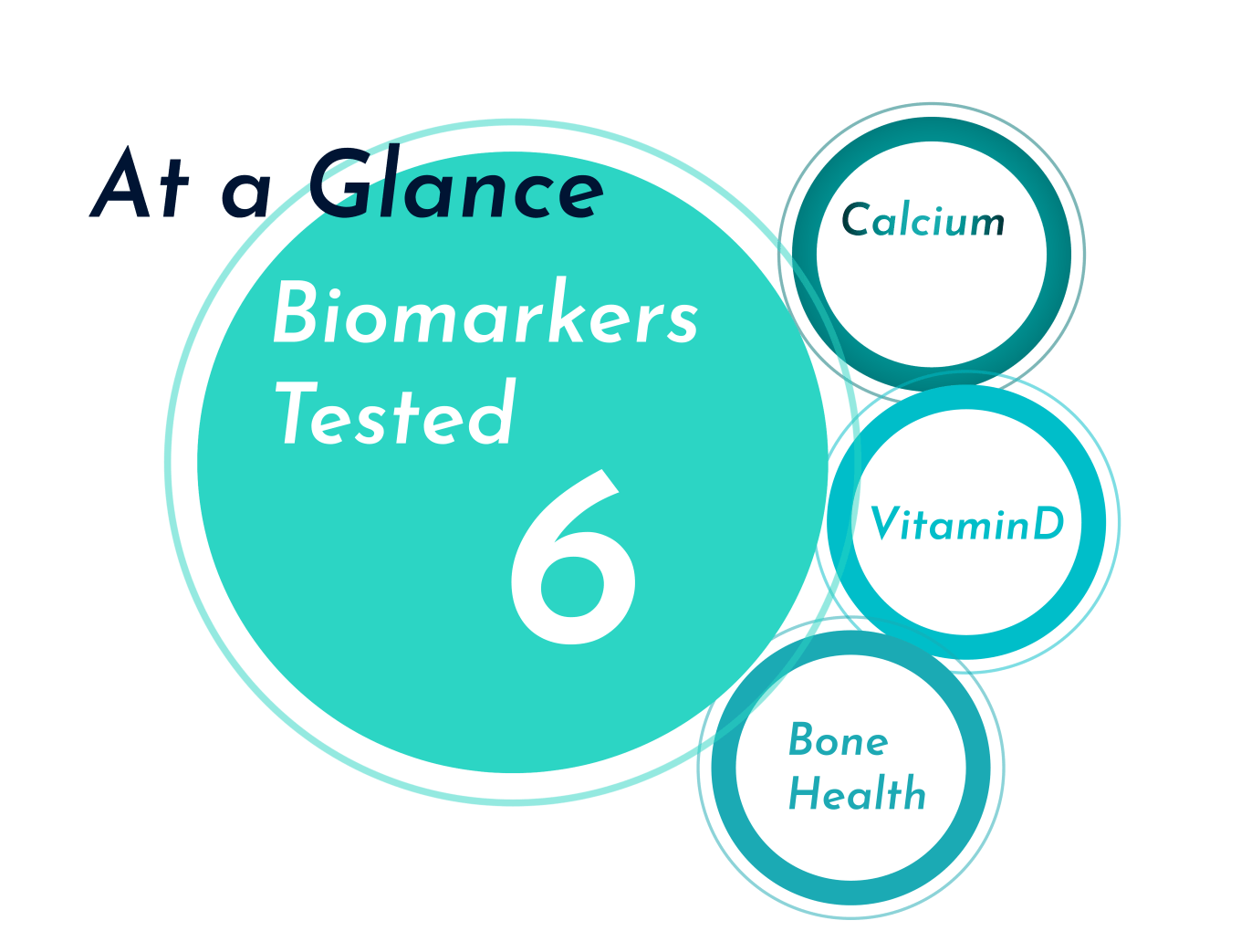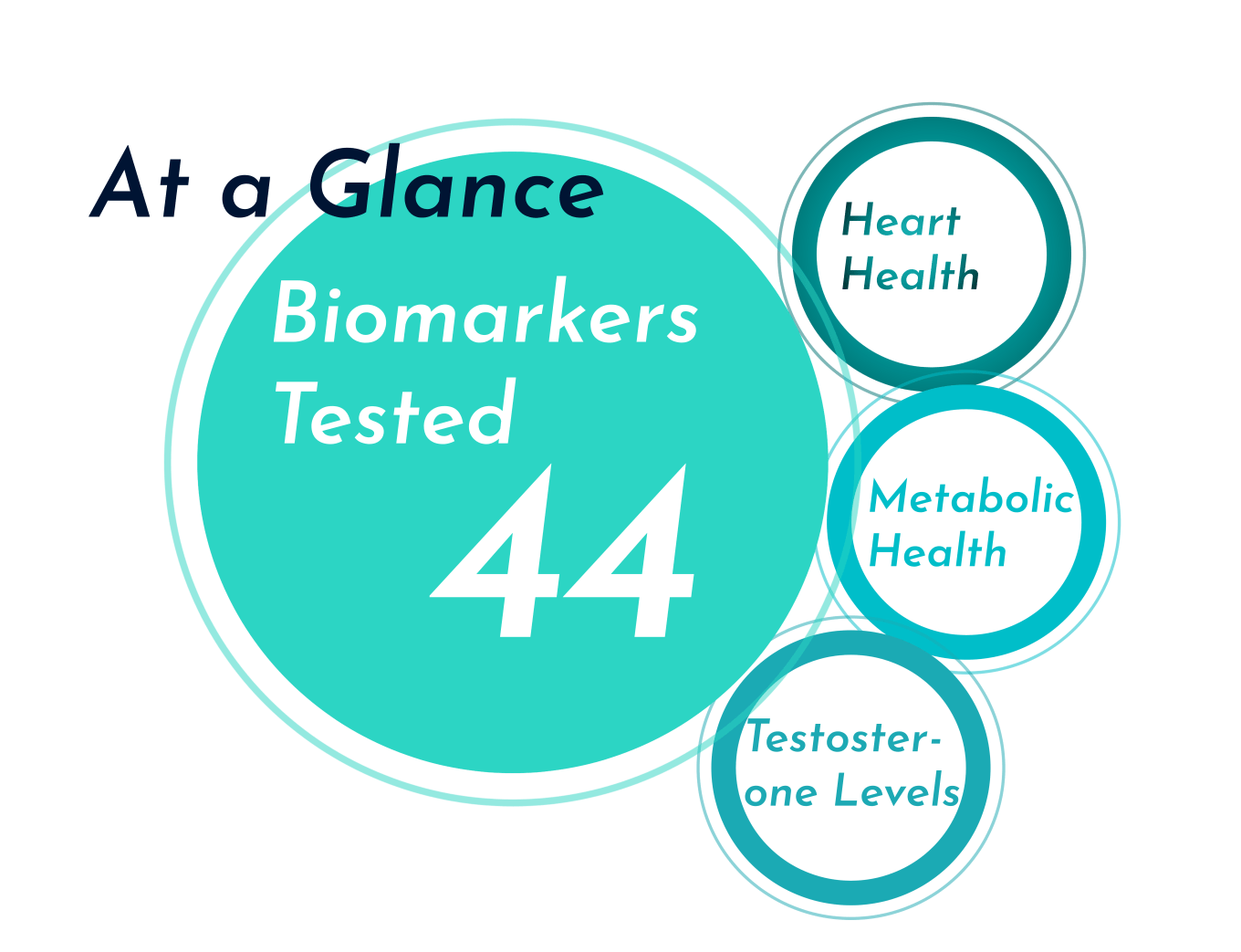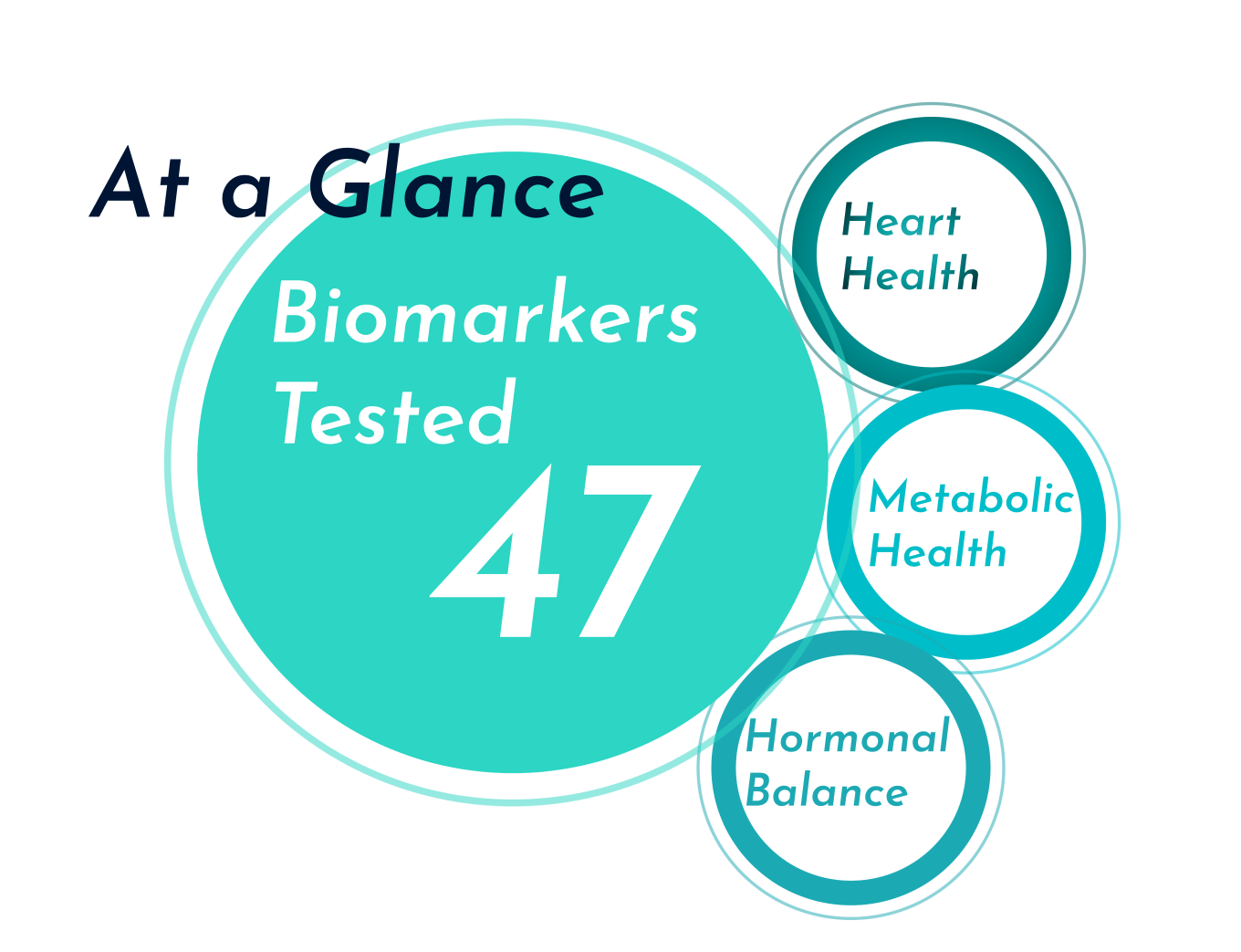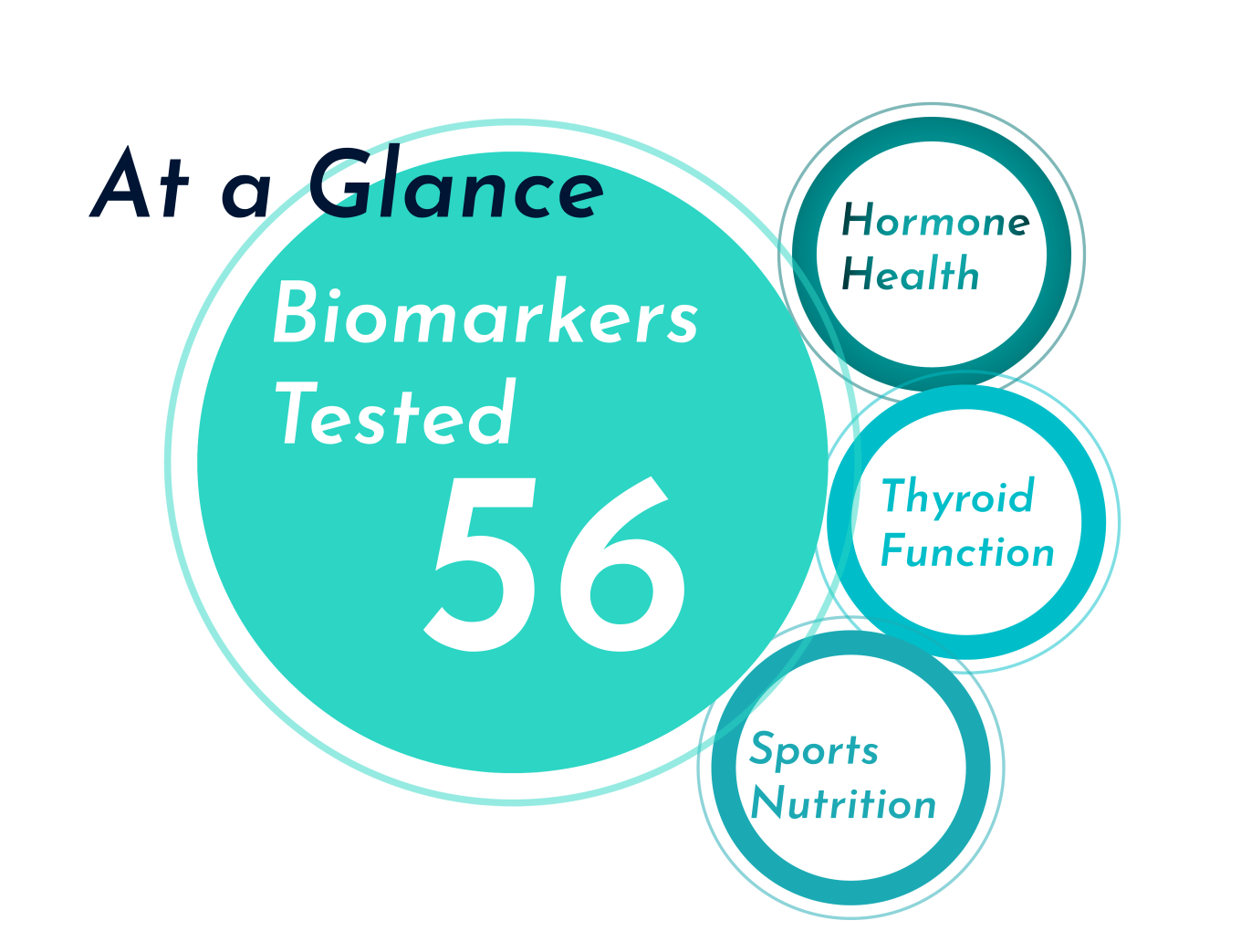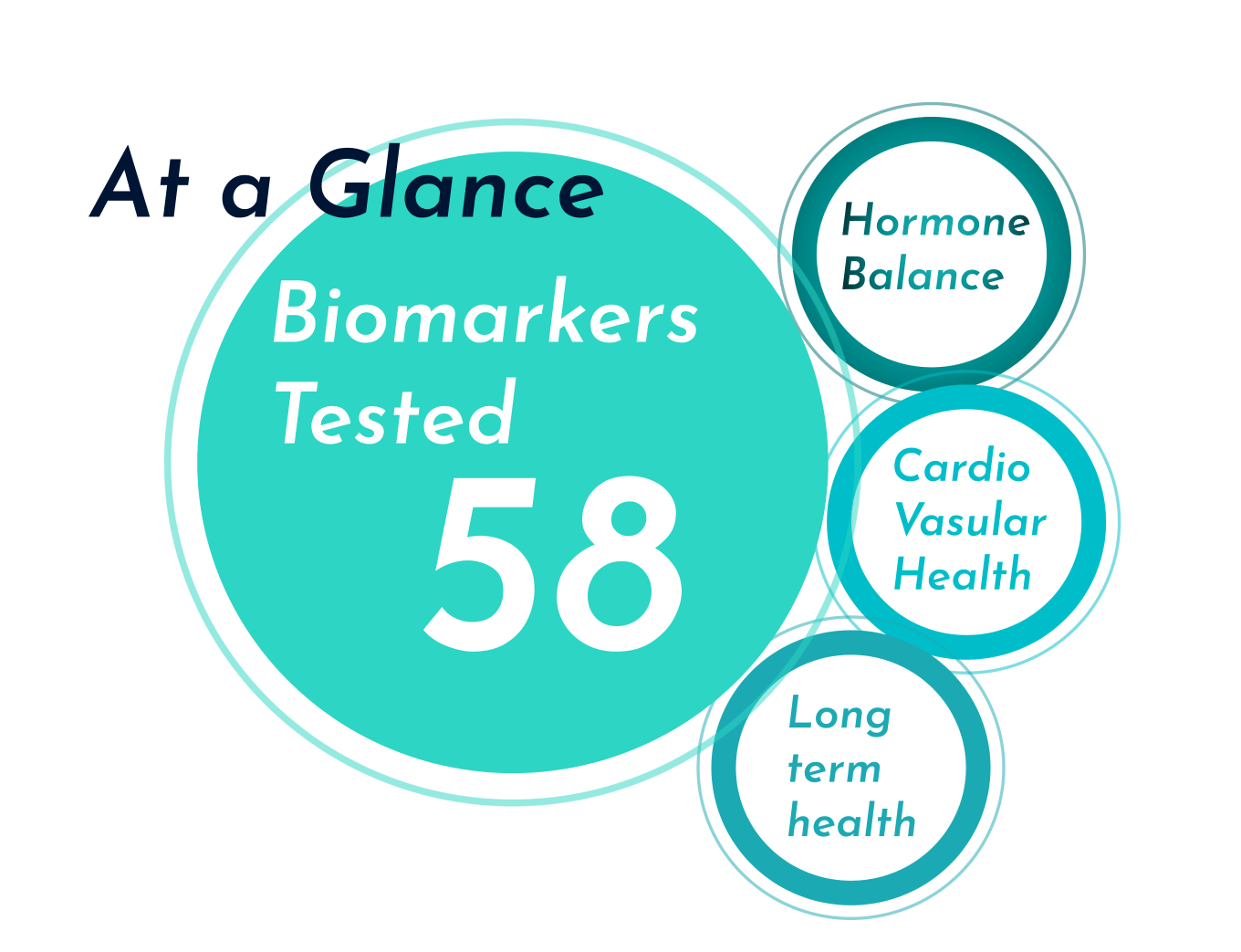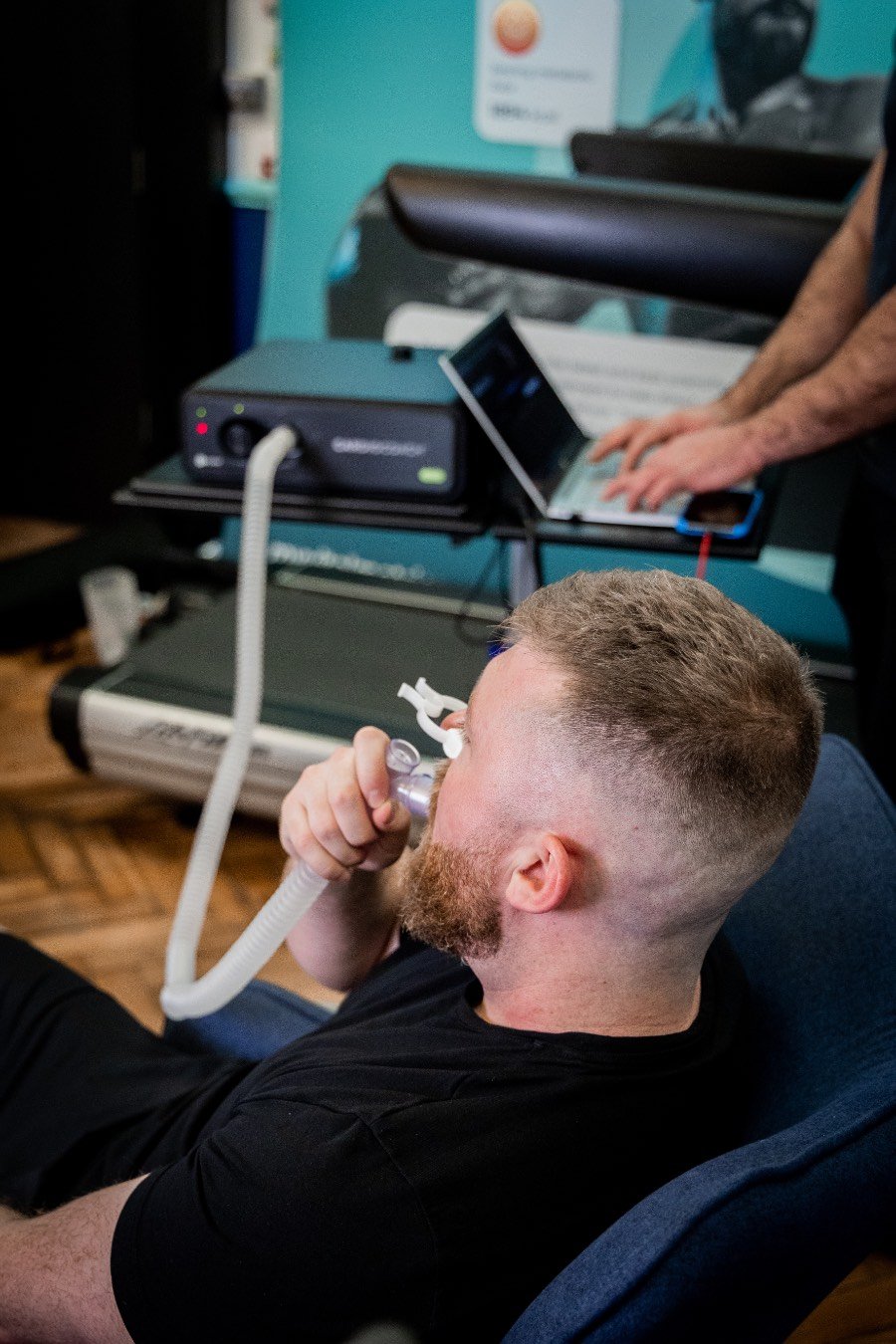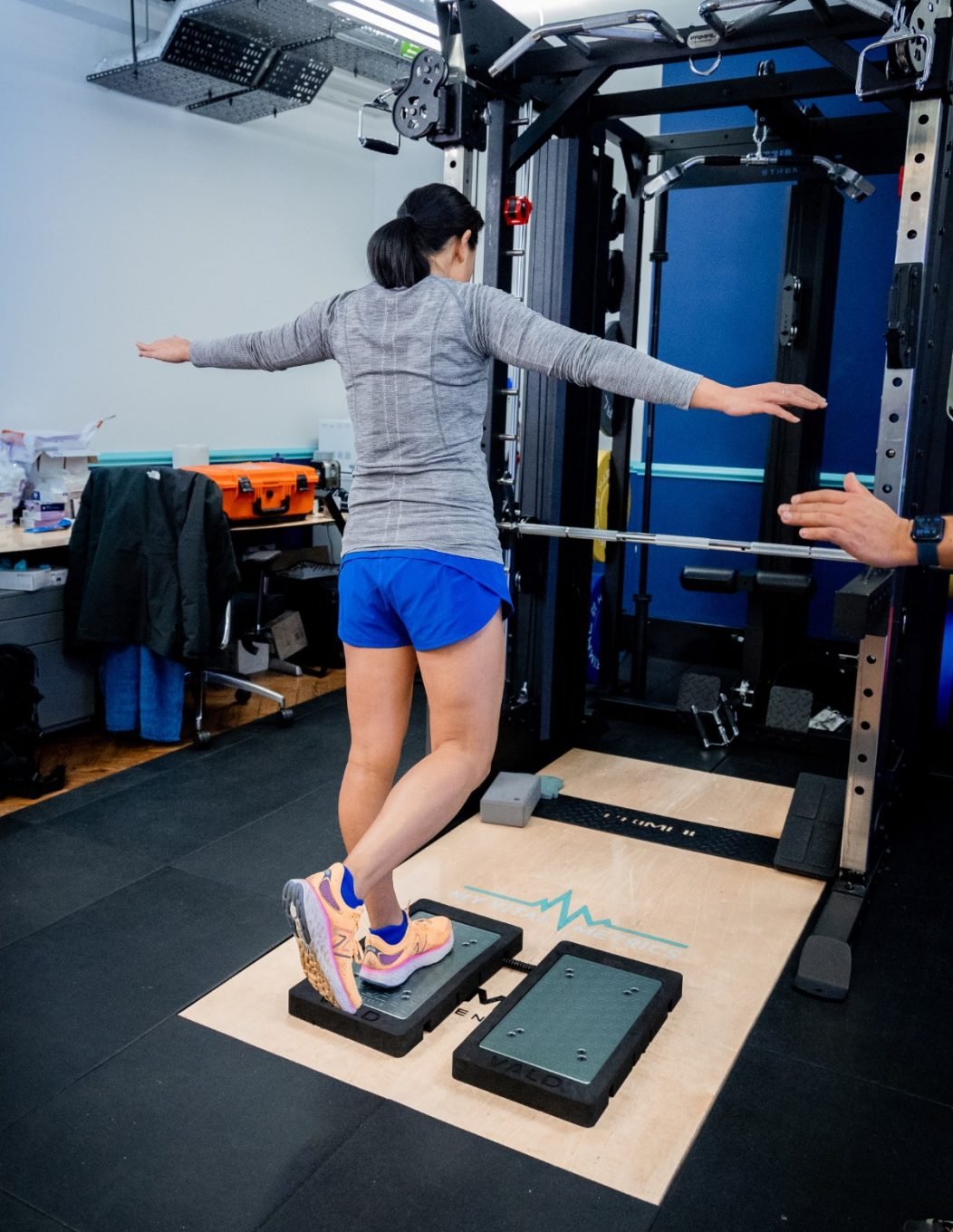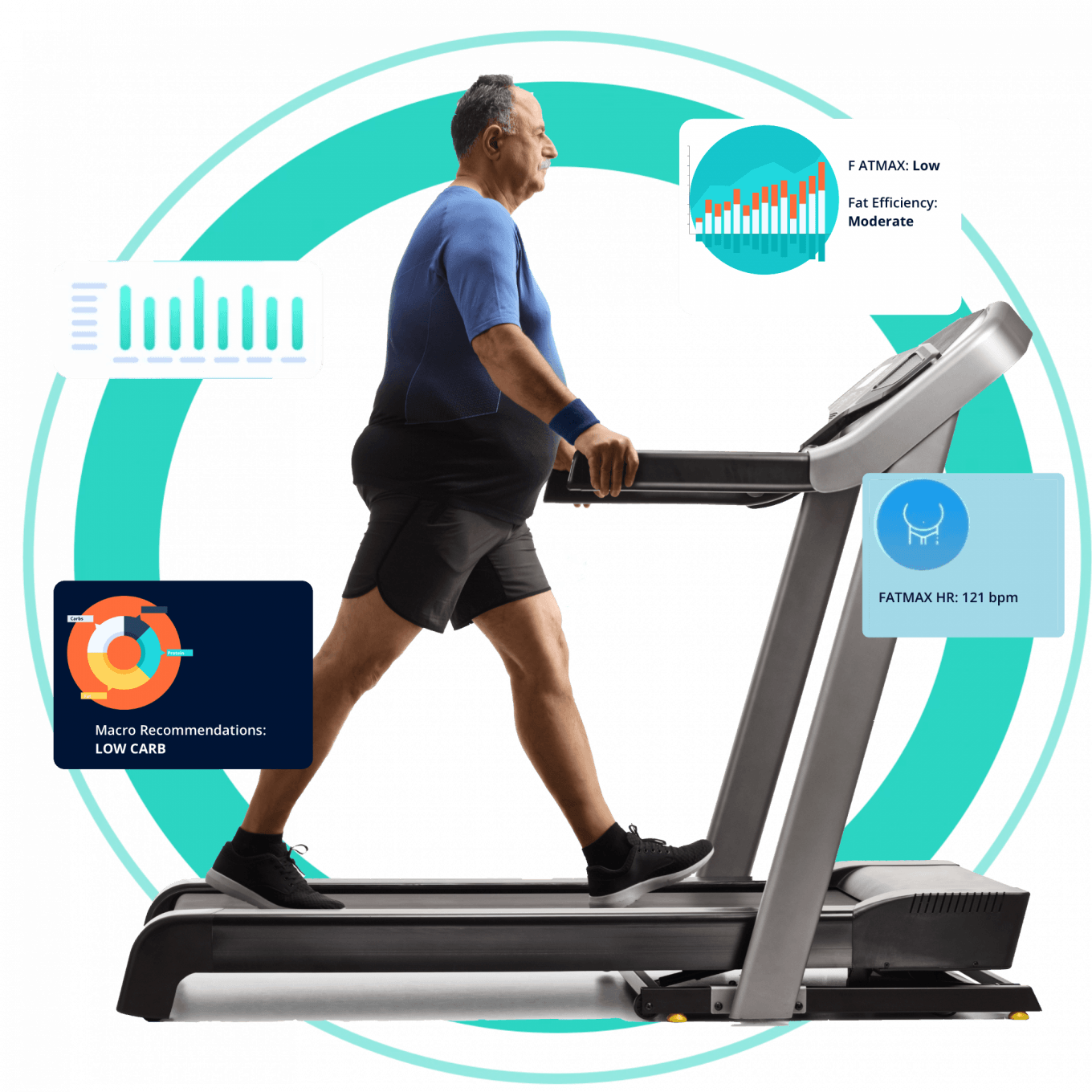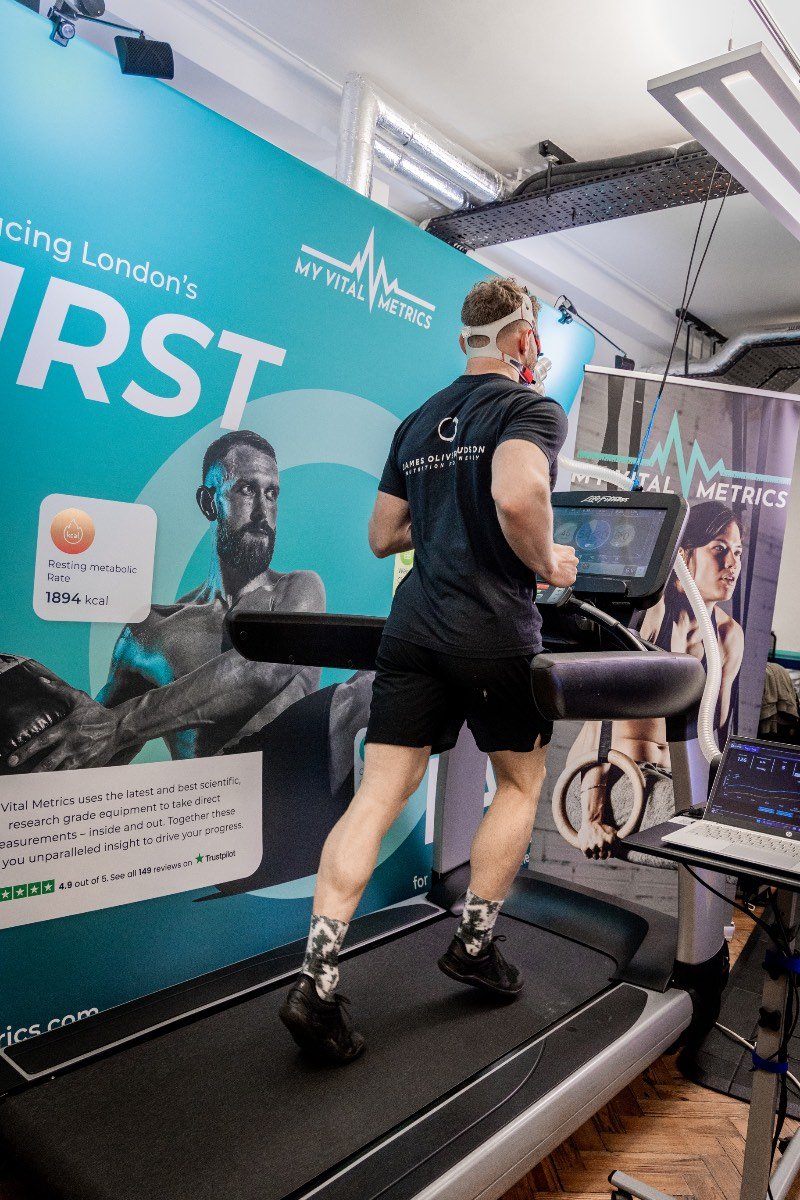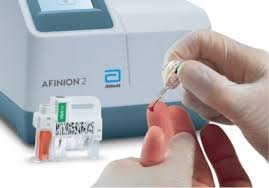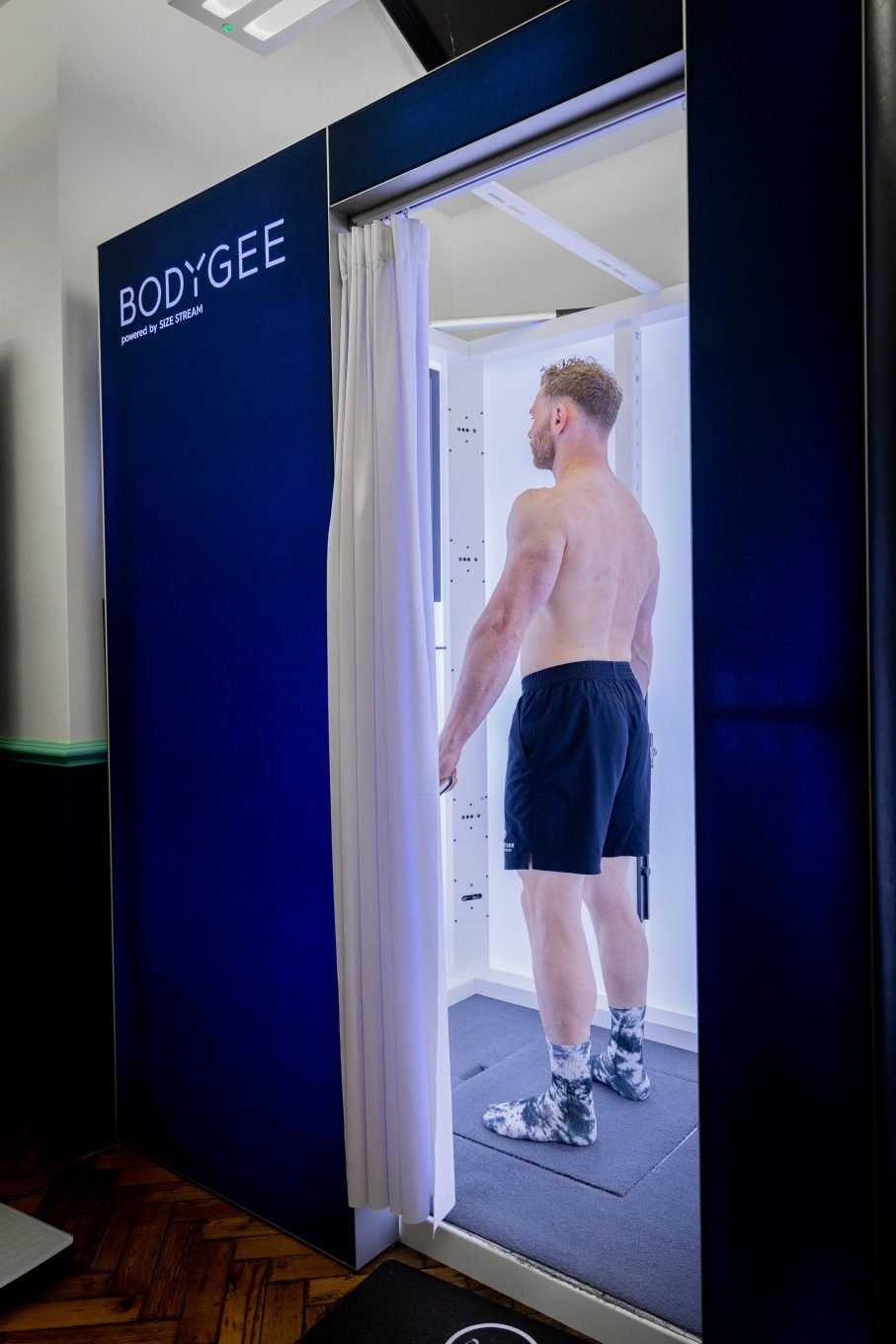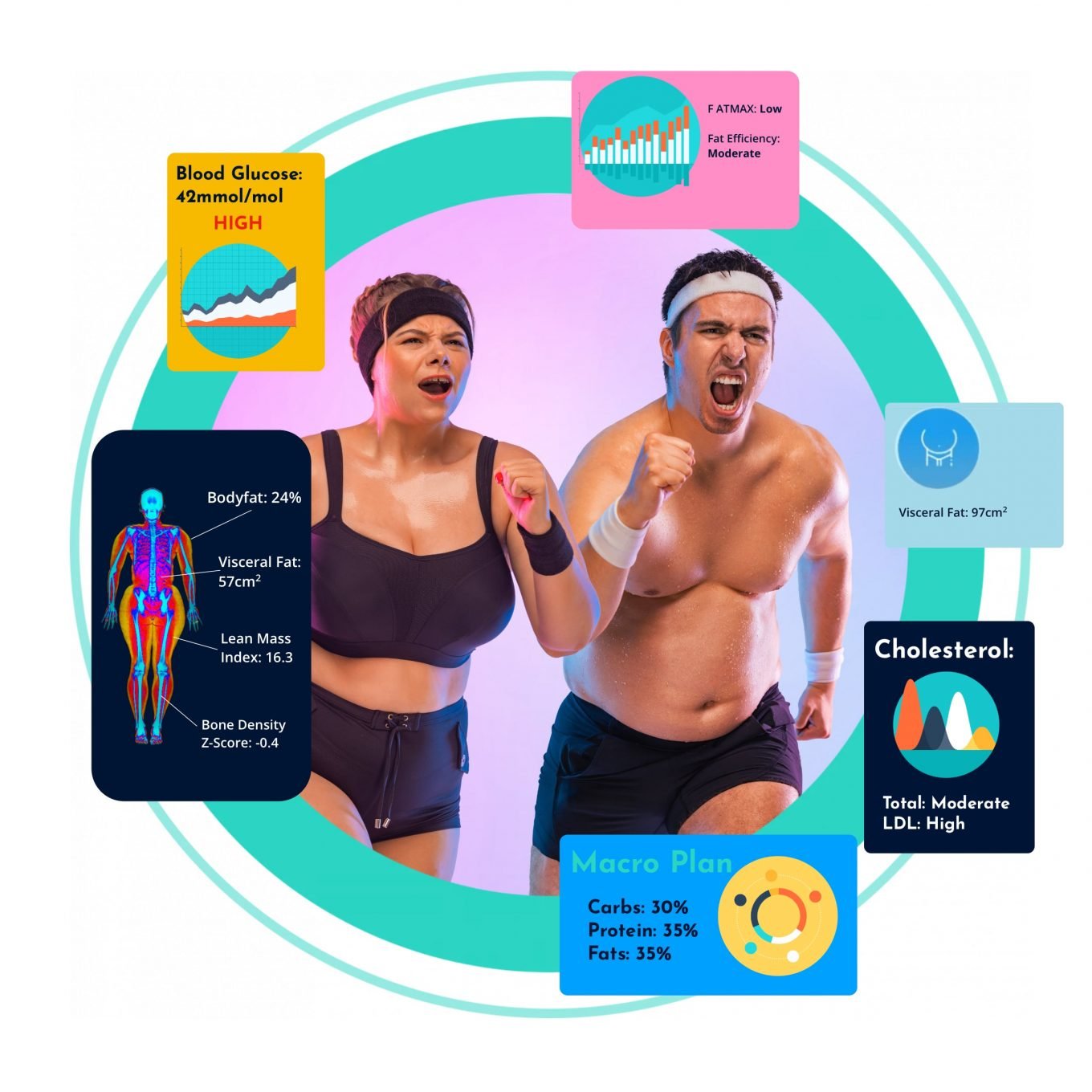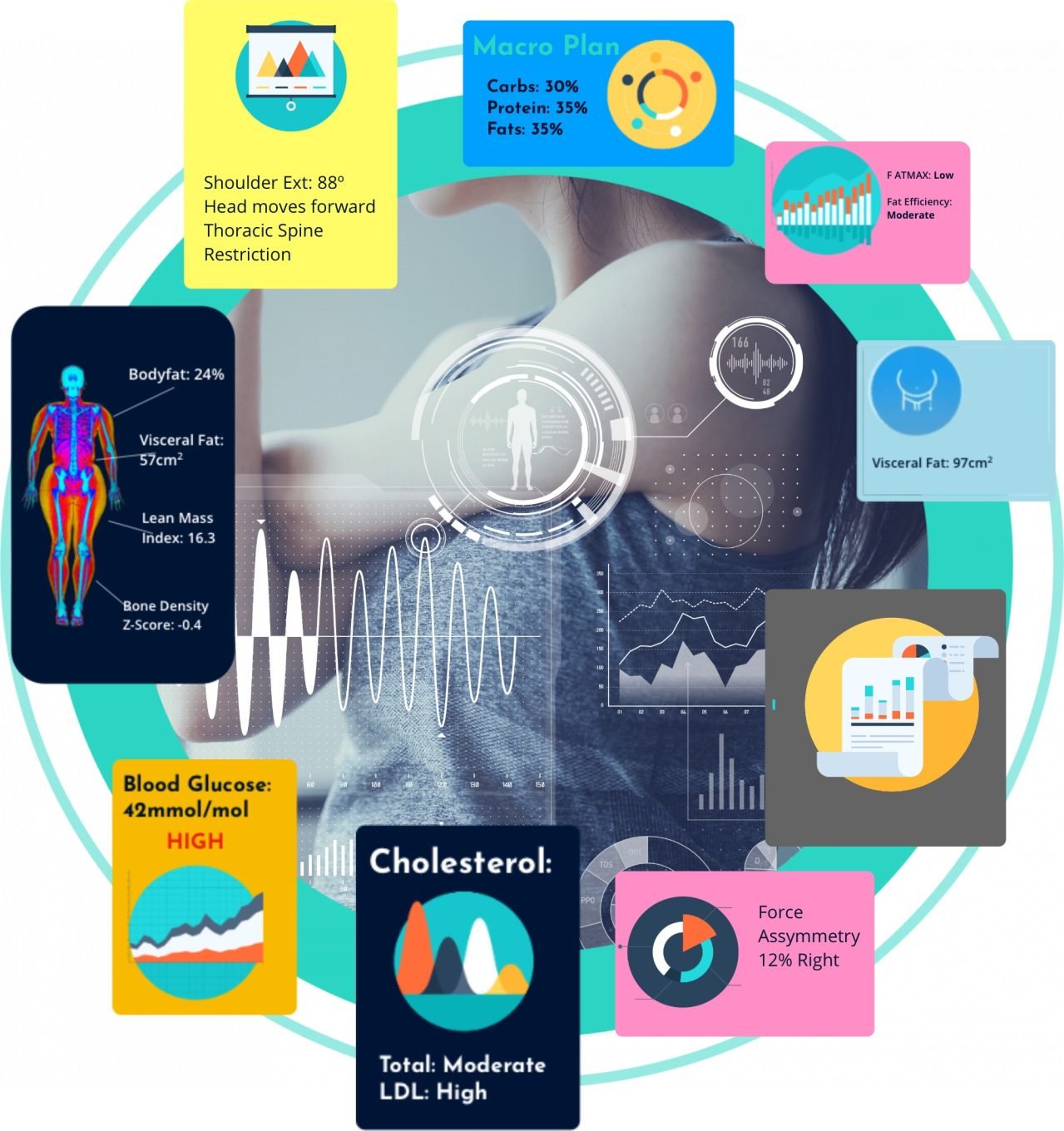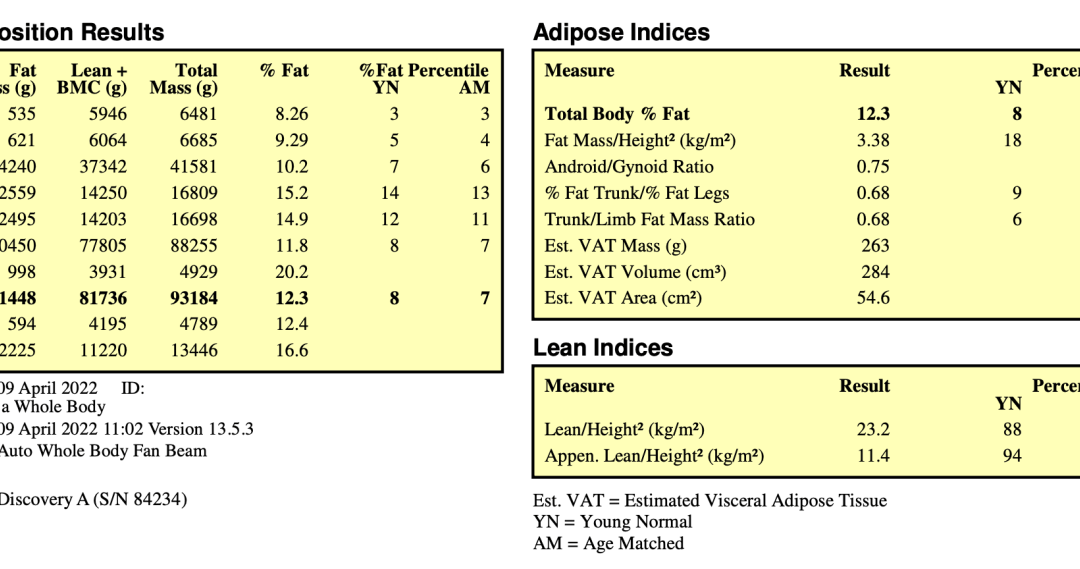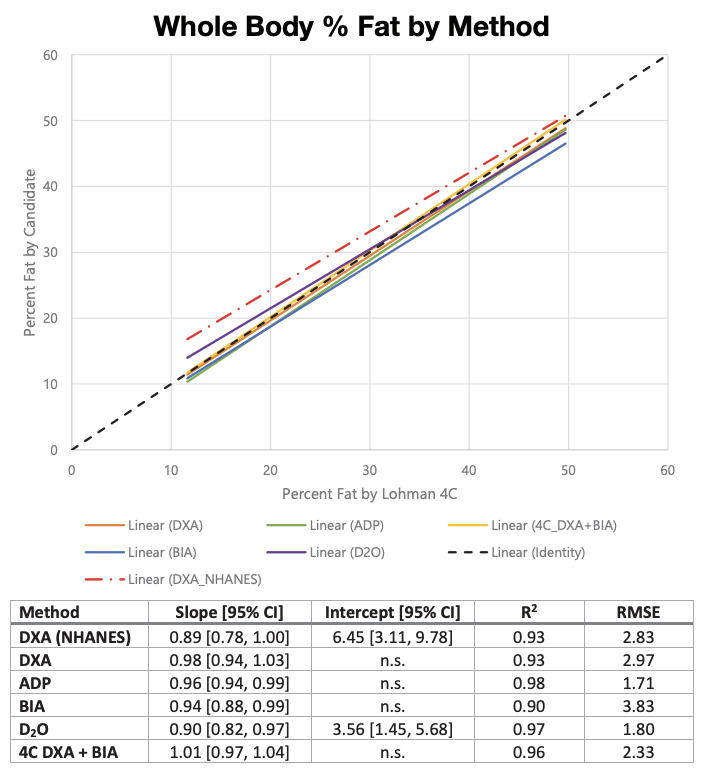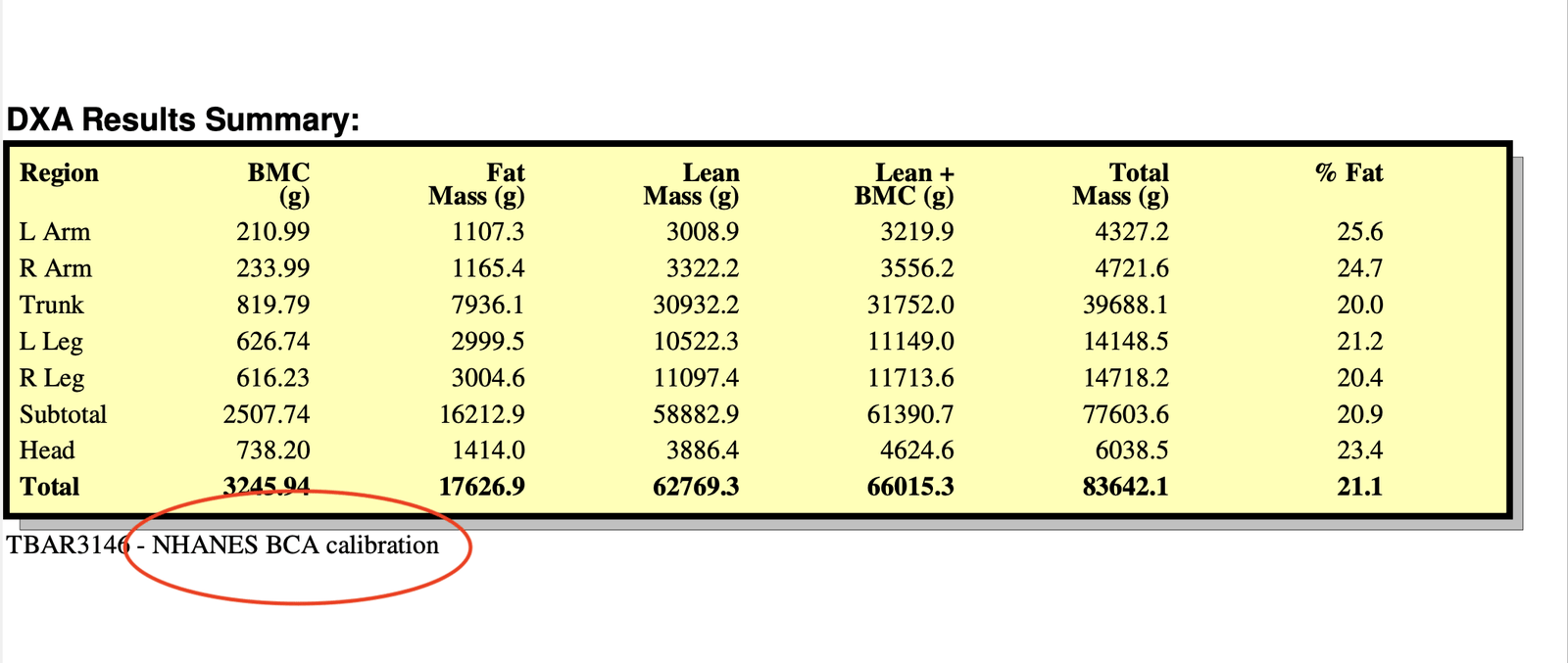If you’ve had a DEXA scan, or are considering getting one, can you be sure that that it’s giving you an accurate body fat percentage? Are your DEXA body fat results right?
A DEXA scan is the gold standard in body composition analysis, and an incredibly accurate way of measuring your body fat percentage – so, it’d be easy to assume that all DEXA scans are made equal. Unfortunately, this isn’t the case, and the way a DEXA machine is calibrated can affect your body fat percentage results by upwards of 5%.
In this article, we’ll take a look at why this difference in measurement happens, and how you can ensure you get the accuracy you deserve from your scan and ensure your EXA body fat results are right. Along the way, we’ll also answer some FAQs about DEXA accuracy, including whether a DEXA scan can be wrong, what a DEXA scan can show you, and much more.
What is a DEXA scan?
A DEXA scan is the gold-standard test for body composition analysis, body fat measurement, and bone density analysis.
DEXA stands for dual-energy X-ray absorptiometry – named after the method by which the scan works, using two low-level X-ray beams to create a high-resolution image of your body composition.
A DEXA scan can accurately measure your body fat percentage, lean mass, visceral fat, and bone density. This has a range of benefits, from helping determine your caloric needs based on your body composition, to identifying muscular imbalances, tracking progress throughout a training program, or facilitating fat loss or body recomposition.
How accurate is a DEXA scan?
A DEXA scan is incredibly accurate, with an error rate of approximately 1%. This is substantially more accurate than other measures of body fat – such as bioelectrical impedance analysis and skinfold measures – which can have an error rate of up to 3-5%
However, the accuracy of a DEXA scan can be affected by:
- Improper DEXA calibration
- Errors from movement during the scan
- Errors from improper positioning on the DEXA table
- Hydration level and food intake
With proper set-up and an experienced technician, a DEXA scan is an incredibly accurate method of measuring your body composition.
What can a DEXA scan show me?
A DEXA scan can give you an in-depth assessment of your body composition and bone health. A DEXA scan report will show you your:
- Body fat mass
- Body fat distribution
- Body fat percentage
- Lean mass
- Muscle distribution
- Bone mineral concentration (BMC)
- Bone mineral density (BMD)
- Visceral adipose tissue (VAT) – a measure of visceral fat
You can read a detailed breakdown of the different DEXA scan metrics in our blog: What Does a Body Composition Scan Show?
Is a DEXA scan better than a body fat scan?
A DEXA scan is more accurate, precise, and reliable than other forms of body fat scan such as smart body fat scales and other types of bioelectrical impedance analysis (BIA)-enabled devices. This is particularly true for certain body composition metrics, such as body fat percentage.
BIA-enabled body fat scans do not measure your body fat directly. Rather, they measure an estimate of your lean mass, and then – based on demographic information such as your age, weight, and height – generate an estimate of your body fat percentage.
A DEXA scan, on the other hand, measures your body fat directly, giving you a more accurate result. Additionally, a DEXA scan can measure your level of visceral fat – something that isn’t possible with other types of body fat scans.
Are all DEXA scans created equal?
If you’re interested in getting a DEXA scan – or already have your results – you might be wondering whether you can trust the accuracy of your scan. Largely, the answer is yes. However, there are multiple calibration methods for a DEXA machine – and one of these is vastly more accurate than the other. Let’s take a look at this in more detail.
Are DEXA scans ever wrong?
While DEXA scans are highly accurate, a DEXA scanner can be calibrated in such a way that distorts your results.
To understand this, we need to take a look at the way a DEXA machine is calibrated. There are two calibration models for a DEXA machine: the classic calibration, and the NHANES calibration.
What’s the difference?
The classic DEXA calibration is the default setting for DEXA machines. Hologic, the manufacturer of the DEXA, writes:
“Each Hologic DXA system is calibrated to the highest possible accuracy and shipped with a unique serialized phantom. This phantom and the internal Dynamic Calibration™ system ensure exceptional short- and long-term precision as well as the most accurate 3-compartment analysis of body composition available today.”
So, if the classic calibration can guarantee the highest possible accuracy, what’s the NHANES calibration?
What is the NHANES DEXA calibration?
The NHANES DEXA calibration was originally introduced in 2005. When the DEXA was picked as the chosen body composition measure for the US-wide National Health and Nutrition Examination Survey (NHANES) study, researchers needed to ensure that all the DEXA scanners used were calibrated identically. A small study drawing on 7 datasets concluded that the DEXA overestimated lean mass.
The solution?
The NHANES calibration, which auto-adjusted DEXA results to compensate for the alleged overestimation. What this looked like in practice was decreasing DEXA lean mass results by 5.6%, and adding this mass to the fat mass. This resulted in significantly higher body fat mass and body fat percentages than under the unadjusted DEXA calibration. The NHANES study accepted this adjusted calibration, and – given the size and scale of the study – in turn became the default DEXA calibration setting.
Why is the NHANES calibration problematic?
The NHANES calibration was problematic for two key reasons:
- The methodology by which it came about
- The potentially harmful effects of a false body fat reading
Let’s consider each of these in turn.
Firstly, the NHANES calibration was based on a small pilot study. This study compared DEXA results to the results of two other body composition measures: deuterium dilution and hydrostatic weighing. This was problematic as there was extensive existing research to suggest that both of these measures were less accurate than a DEXA scan – not more. Therefore, the process of modifying the DEXA results (by creating the NHANES calibration) was done to match DEXA results to less accurate body composition measures.
Secondly, the NHANES calibration consistently overestimates body fat mass and body fat percentage. This has the potential for harm – if a DEXA recipient acts on the assumption that their body fat is 5% higher than it actually is, they risk dropping into a dangerously low body fat percentage – while being entirely unaware of it.
The 5% by which the NHANES calibration increases body fat percentage is a considerable difference. For example, a man with a body fat percentage of 18% (a healthy body fat percentage for his sex) would receive a body fat percentage of 23% (an unhealthy body fat percentage for his sex) from a DEXA with the NHANES calibration.
The recommendations that would be made based on this body fat reading would be entirely different to those made based on his actual body fat reading – and would likely be inappropriate based on his real results.
Can a DEXA scan overestimate body fat?
The NHANES DEXA calibration has been shown to overestimate body fat percentage by upwards of 5% – and this overestimation is particularly prevalent in individuals with high lean body mass. To avoid this overestimation, we would recommend receiving a DEXA scan from a DEXA service that uses the classic, unadjusted DEXA calibration.
Which calibration is more accurate?
As of 2020, Hologic returned their DEXA machines to the classic calibration. This was based on research that compared the classic calibration, the NHANES calibration, and the Lohman four-compartment model – in addition to other measures of body composition.
As you can see from the graph below (source: “The Body Composition Gold Standard”), the NHANES calibration showed the lowest level of correlation with the Lohman 4C model, and the NHANES calibration consistently overestimated body fat percentage – particularly in individuals with an overall lower body fat percentage. This makes the question of calibration choice of particular importance for individuals with a high lean body mass.
